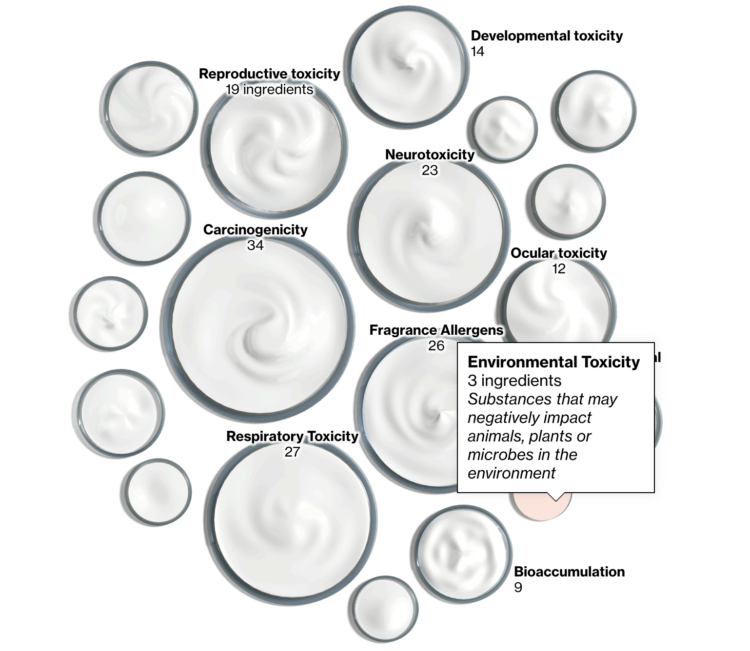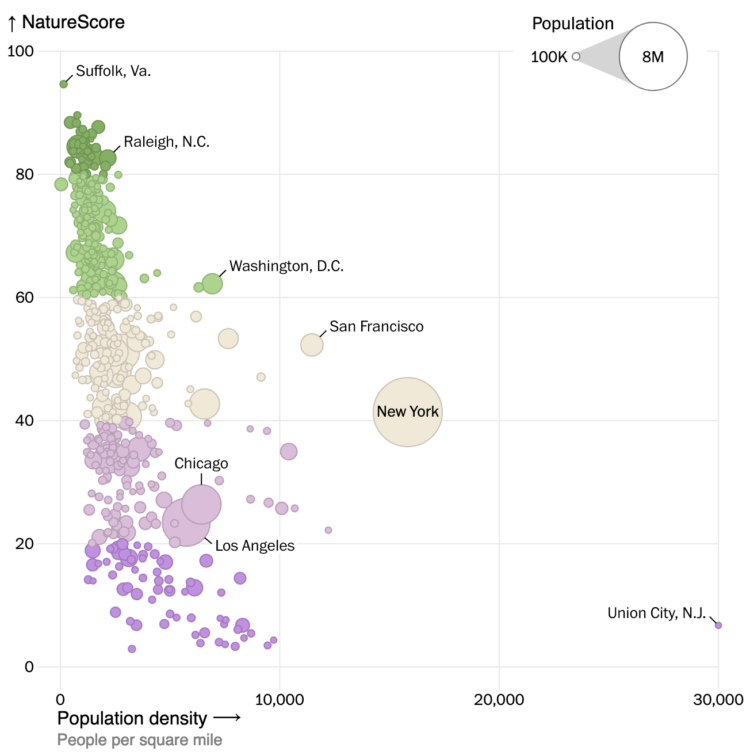 A decade and a half ago, I wrote the first edition of Visualize This as a how-to guide to my past self. It was for someone who was familiar with visualization but was stuck on the part where it’s time to make and design charts with your own data.
A decade and a half ago, I wrote the first edition of Visualize This as a how-to guide to my past self. It was for someone who was familiar with visualization but was stuck on the part where it’s time to make and design charts with your own data.
What tools should you use? How do you use them? How do you get from rough sketch to finished graphic? How do you get the visualization idea in your imagination on to a screen where others can see?
It turns out that you can read and learn a lot about visualization — the chart types, the best visual encodings, design considerations, and purpose — without actually knowing how to follow through with the advice. There’s a technical side to visualizing data that couples with the thinking side. I wrote Visualize This for the person who wants to make the coupling and follow through.
The challenge of writing a book with concrete, how-to examples that rely on software is that some of the software fades. The technology and applications shift.
Flash dies. People consume data through different screen sizes. New tools make it easier to visualize data. Tastes change. The field develops.
Visualize This, Second Edition is an update for the tools, chart types, and overall process that changed over the years. The examples are better balanced and more focused.
The new book is still a practical, easy-to-read guide intended for my past self who wanted to make all the charts for all the data. But this time around, I had a decade and a half more experience analyzing data, making charts, and thinking about process.
Visualize This, Second Edition is out in June, but you can pre-order a copy now. I hope it helps you have fun with data.


















 Visualize This: The FlowingData Guide to Design, Visualization, and Statistics (2nd Edition)
Visualize This: The FlowingData Guide to Design, Visualization, and Statistics (2nd Edition)










